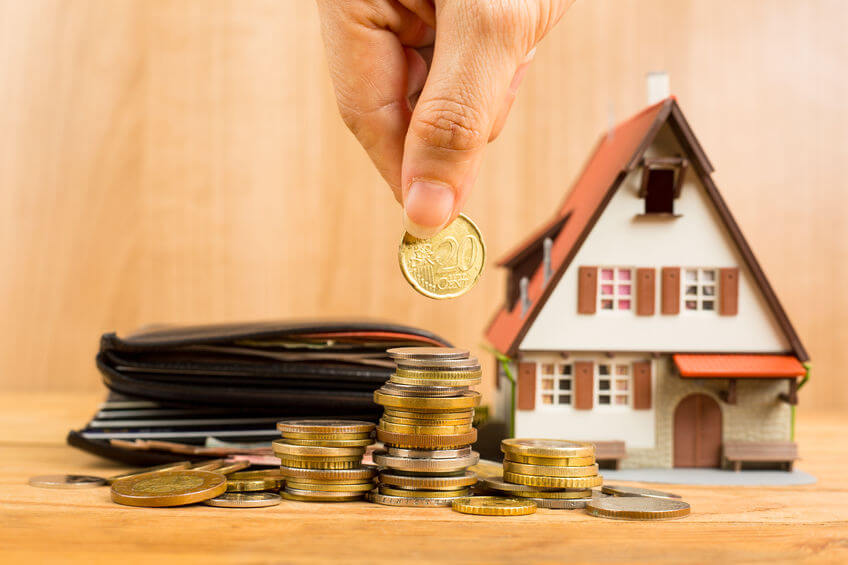Deciding you’re ready to purchase your first house is a huge step. Perhaps you’ve finally saved enough for a down payment and have begun perusing online for homes you’re interested in. But before you become too invested in the process, take a step back and examine whether your finances match your emotional readiness to take the real estate plunge.
Remember that even if you feel confident you can afford a particular property, you still need to be approved for a loan. While different financial institutions have different requirements, the major metric they usually examine is what percentage of your gross income will be taken up by your monthly housing costs, as well as other debts, such as student loans, car payments and credit cards.
For most lenders, the preferred ratio of monthly housing costs to monthly gross income is 28% or less, while the target percentage of housing plus other debt payments to income is 36% or less. These percentages can help you calculate what you can and cannot afford from a lender’s perspective.
Let’s take a look at an example:
Joe, who is single, earns $50,000 annually, or roughly $4,167 in gross income per month. His monthly debt obligations are as follows: $300 toward student loans, a $470 car payment, and a $100 credit card payment. He wants to buy a house that would cost an even $1,000 per month. While that payment is only 24% of Joe’s gross income, which is less than the 28% target many lenders like to see when looking at housing and income ratios, his debts push him quite a bit past the other 36% target. When all added up, Joe’s total debt repayments equal $1,870 each month, or almost 45% of his monthly gross income.
So what if you find yourself in Joe’s same situation, but you still feel you’re ready to purchase a home? Luckily, you have several options. With a little diligence, you’ll be on your way to becoming a homeowner in no time.
- Pay off some of your debts before applying for a home loan.
In Joe’s case, if he pays off his car and credit cards, then his mortgage and other debt would lower to 31% of his monthly gross income, thus making him a much better candidate for a home loan.
- Make a larger down payment.
If you have a sizeable chunk of money set aside for a down payment, then there’s a possibility of using that in order to decrease your monthly mortgage bill.
- Consider a less expensive home.
If Joe’s mortgage payments were $650 per month instead of $1,000, then he’d pay 36% of his monthly gross income toward housing and other debts, which is equal to the preferred ratio.
The bottom line: You should be aware that some lenders could offer loans that are out of your league. That’s why it’s important to use these percentage guidelines to make sure you’re purchasing a home you can actually afford. You don’t want to get over your head in payments a few years down the road just because you made an emotional decision to purchase a home that was outside of your budget.
Now that you’ve been introduced to two of the most common percentages lenders use to approve loans, you can carefully assess your situation before making one of the biggest decisions of your life. With smart planning, home ownership really can be one of the greatest joys, as well as a wise investment for your future.







